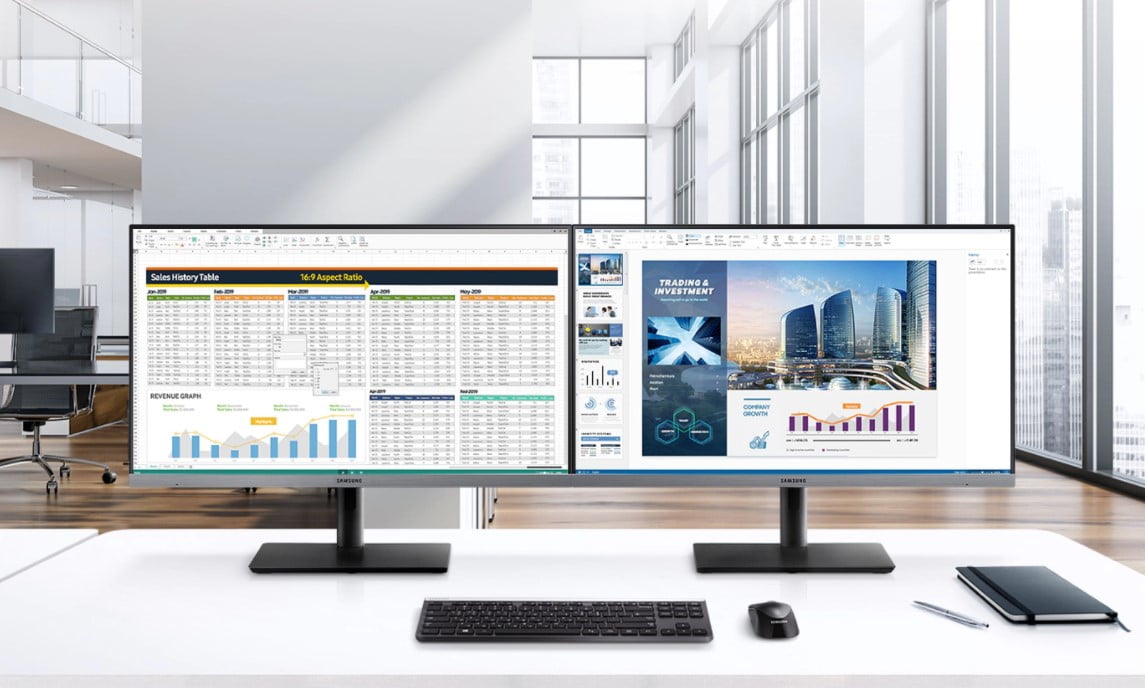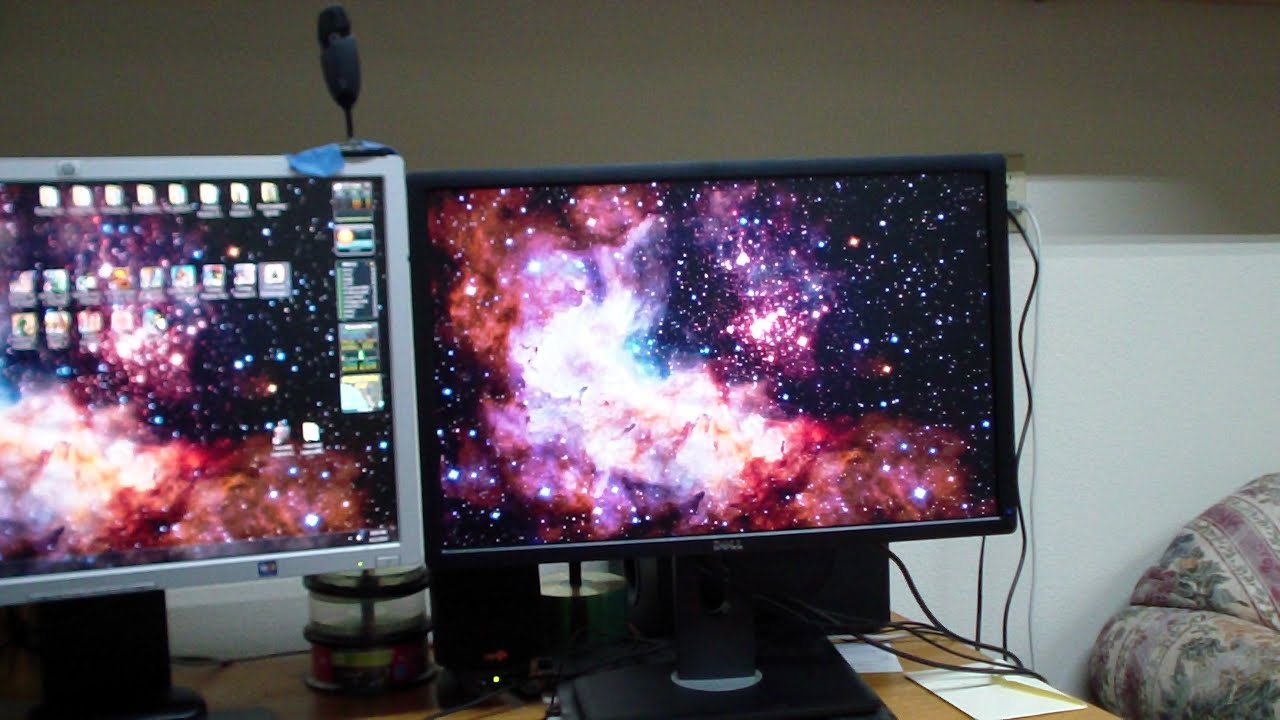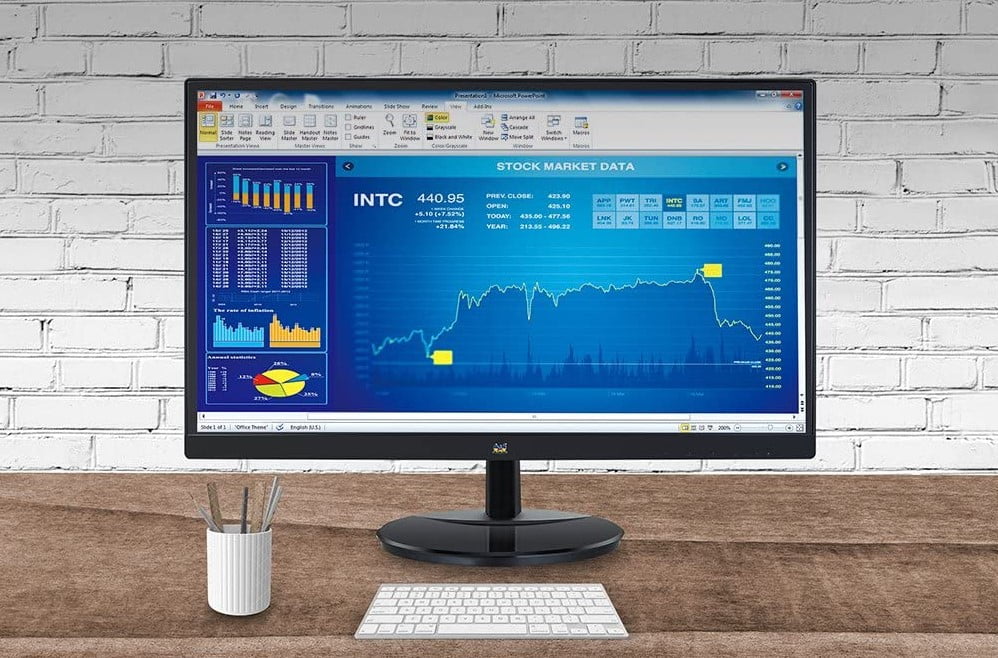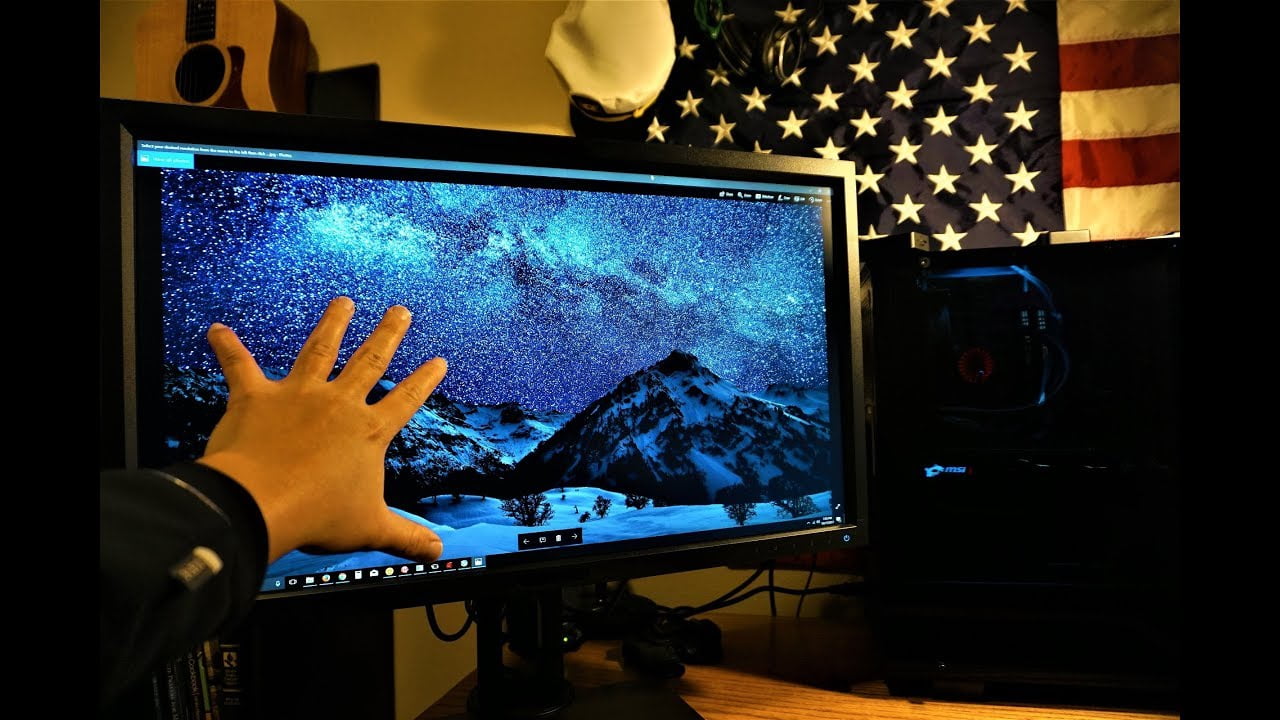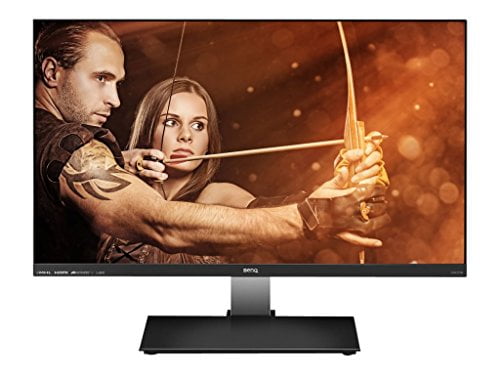When the second monitor goes black when gaming, sometimes it can be a power connection brought on by a less-than-great dual monitor stand and poor installation. But, more often than not, the problem stems from the hardware: the monitor, cables, the video card, the motherboard, or the RAM. First of all, it is critical to determine if your PC can run two or more screens simultaneously. Ideally, some machines cannot support all types of gaming monitors or top monitors used for streaming. So, what might be the reason? How can you find a solution if you encounter this problem? Let’s find out.
KEY TAKEAWAYS:
- Updating your Windows 10 OS can solve the issue of the black screen you experience while gaming.
- Check your ports by plugging the second monitor and unplugging the primary monitor. If the second screen works, your secondary port might be having an issue.
- Before using the second monitor in your gaming setup, ensure that your dedicated display drivers are updated.
How to Troubleshoot When the Second Monitor Goes Black
Insider Tip
If your gaming PC has a dedicated graphics card, connect the monitor to the graphics card and not the motherboard.
STEP 1 CHECK THE POWER
You might have already gone through this step. If not, check to ensure that your monitor is on. Just look at the light on the power button and see if it is “ON.” If that is the case, but the screen is not showing anything, look for the display menu button to access the built-in controls. If you cannot see anything on the screen, then your monitor could be faulty. To figure out if your monitor has an issue, try connecting another screen.
Alternatively, your secondary monitor used for gaming might have a faulty cable. If it’s your main monitor that’s going to sleep while gaming, it could be monitor settings that are set up incorrectly. This doesn’t include a variable refresh rate, which is something entirely different.
If the other monitor works properly, then the power supply of the first monitor needs replacement. The next step is to make the necessary repairs to resolve the issue. But suppose you end up hearing unusual beeps or see any warning lights. In that case, your monitor might be having an internal problem.
STEP 2 DISCONNECT AND CONNECT THE CABLES
The other simple step you need to go through is checking the cables because they may be disconnected. Cable disconnection is typical for cables that do not use screws. Ensure that you check the cable connection on the monitor and the PC. For example, if you have two video cards, you need to check the connection of the two screens to the video cards.
If your gaming PC has a dedicated graphics card, connect the monitor to the graphics card and not the motherboard. In some instances, the motherboard graphics are usually disabled by default when you install another graphics card.
So, when you connect the screen to the motherboard, it will work for a short while and then go blank. Although restarting the PC may fix the problem, the monitor will still go blank again. You now know why the monitor goes blank if you connect the second monitor to the motherboard in a dual setup. Suppose the cables are in position and there is only one video connection. Then, you can test the cables by connecting a second monitor. On the other end, you can test if you have faulty cables by testing different cables for your multiple connections.
STEP 3 CHECK DISPLAY, SOURCE, AND RESOLUTION
In some cases, increasing the resolution of the screen can cause the screen to go blank. You can fix this issue by starting Windows in safe mode. You also need to ensure that your monitor’s input source is the correct one because most monitors auto-detect the input source. This may be HDMI or DisplayPort. But in some cases, this setting is usually disabled. Check this feature by pressing the monitor buttons, and then go to “Input,” where you can change the inputs.
Note: You may also need to check the nits brightness of your screens to determine which one is good enough quality to be your primary monitor.
F.A.Q.
Can a second monitor impact my gaming performance?
Yes. A second screen can decrease the gaming performance depending on your monitor’s resolution and the graphics card in use.
Is it possible for dual monitors to cause lag?
It depends. If both monitors are running at 60Hz, that should eliminate or reduce the problem. Alternatively, you will have an input lag if you use an HDMI cable for one screen and a Dual-Link DVI for the second monitor.
Is a dual-screen setup bad for your GPU?
Yes. Connecting a second monitor will reduce the power draw. When gaming, your frame rates will slightly decrease because your GPU and CPU have to work harder.
Is it necessary to have two GPUs in a dual monitor setup?
One video card can support a dual monitor setup. You don’t need to have two video cards to support two screens on one PC.
STAT: If you are doing Twitch streaming, having two monitors is important. (source)
REFERENCES:
- https://www.hometalk.com/18670093/q-how-do-i-fix-my-computer-chair-that-is-fake-leather-and-is-peeling-off
- https://lifehacker.com/easily-re-upholster-your-office-chairs-1168865681
- https://rubnrestore.com/how-to/bonded-leather-blues/r
- https://www.wikihow.com/Fix-Faux-Leather-Peeling
- https://mermaidsden.com/blog/reupholster-office-chair

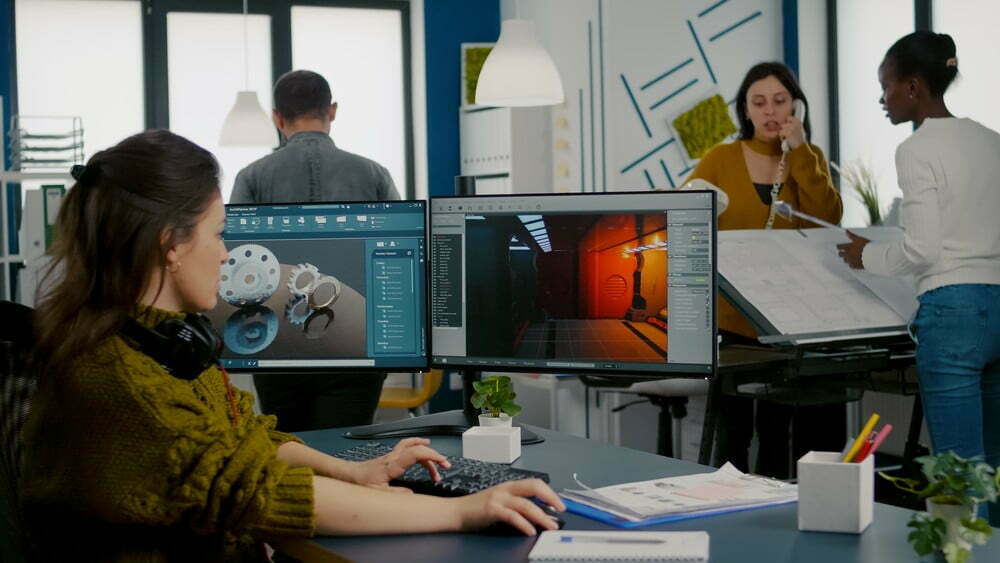


























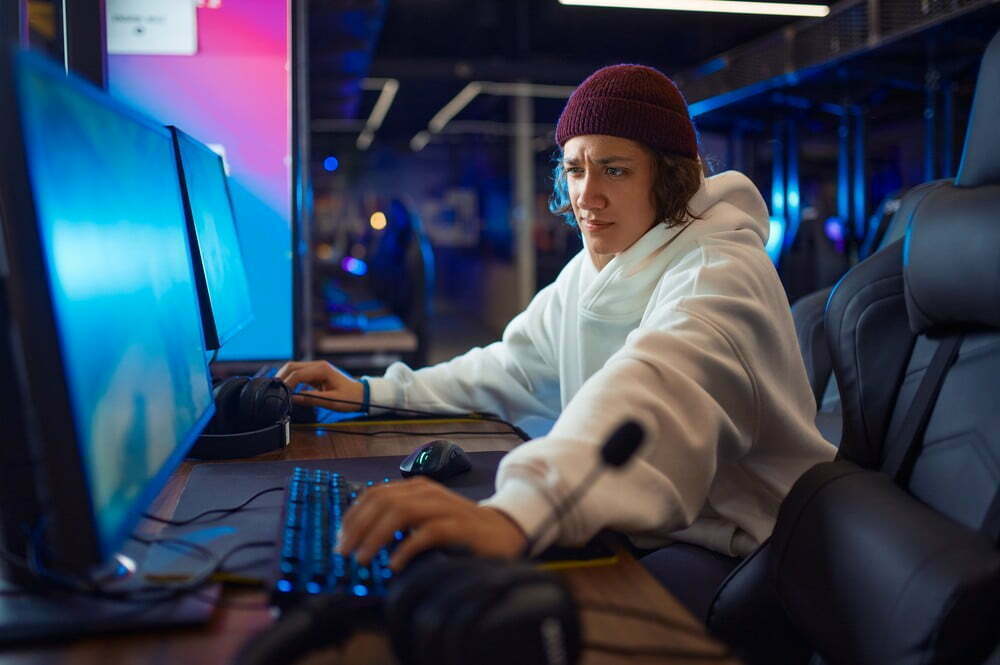
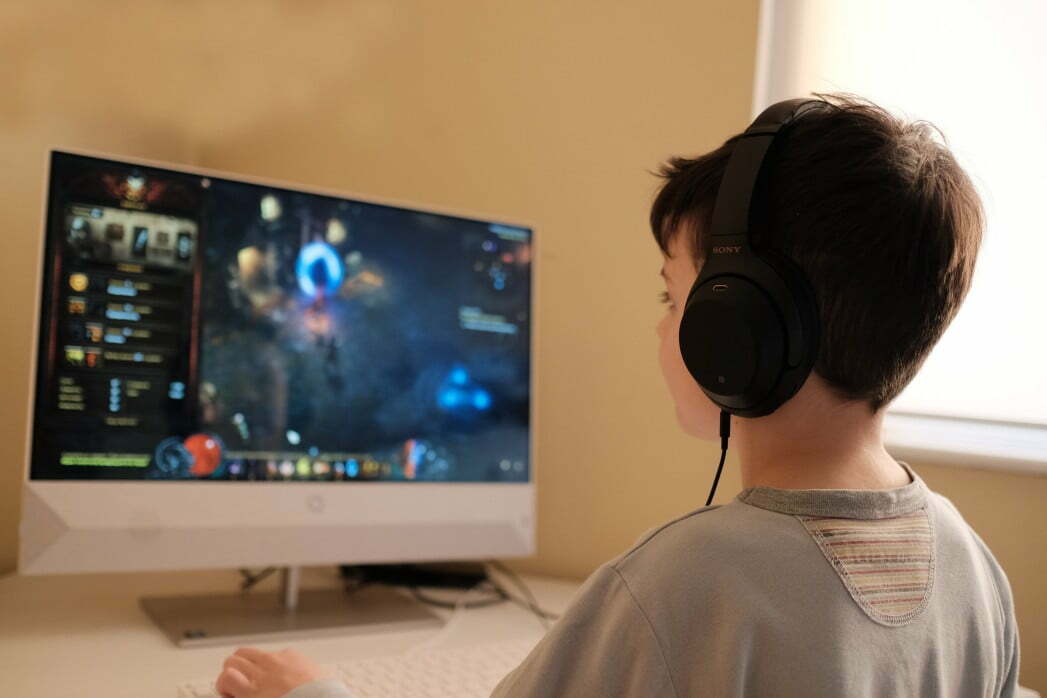
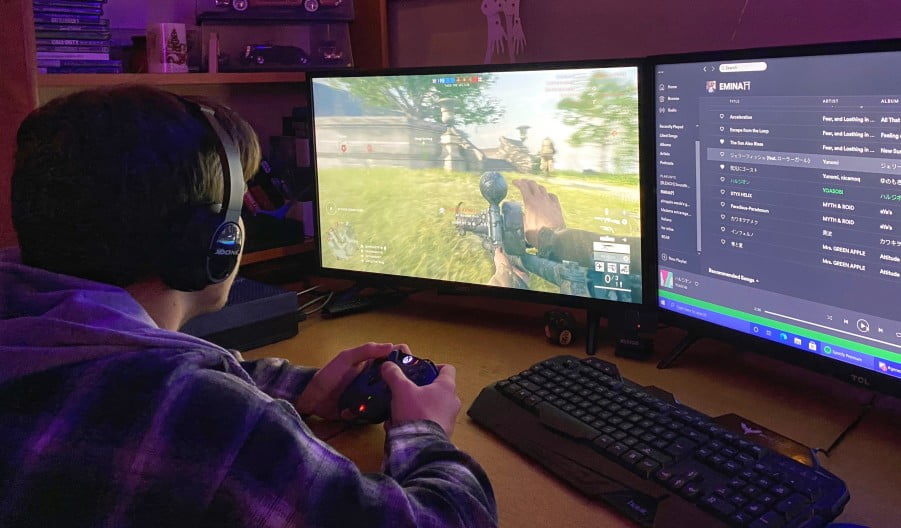
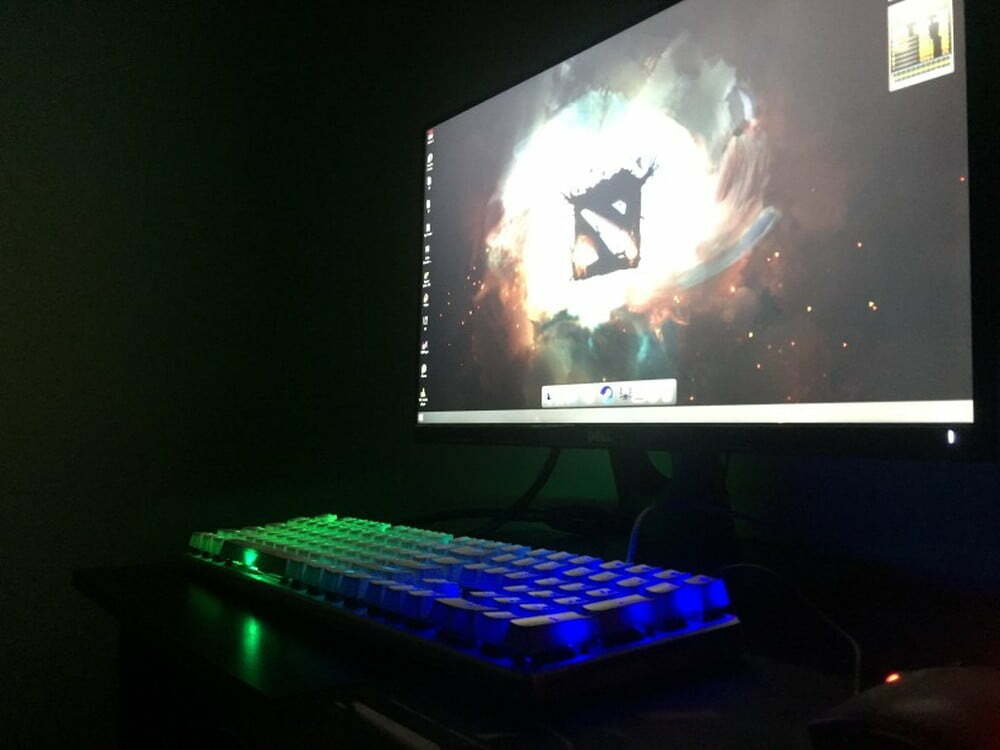
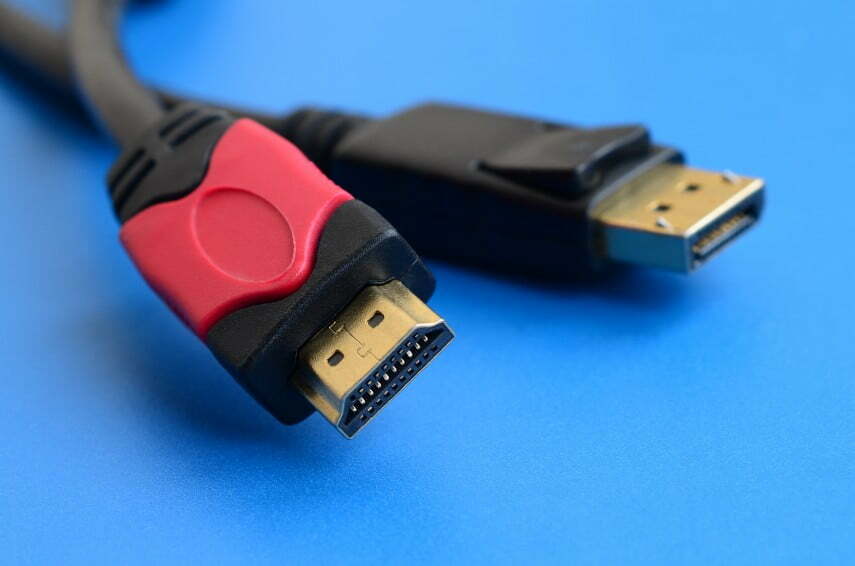
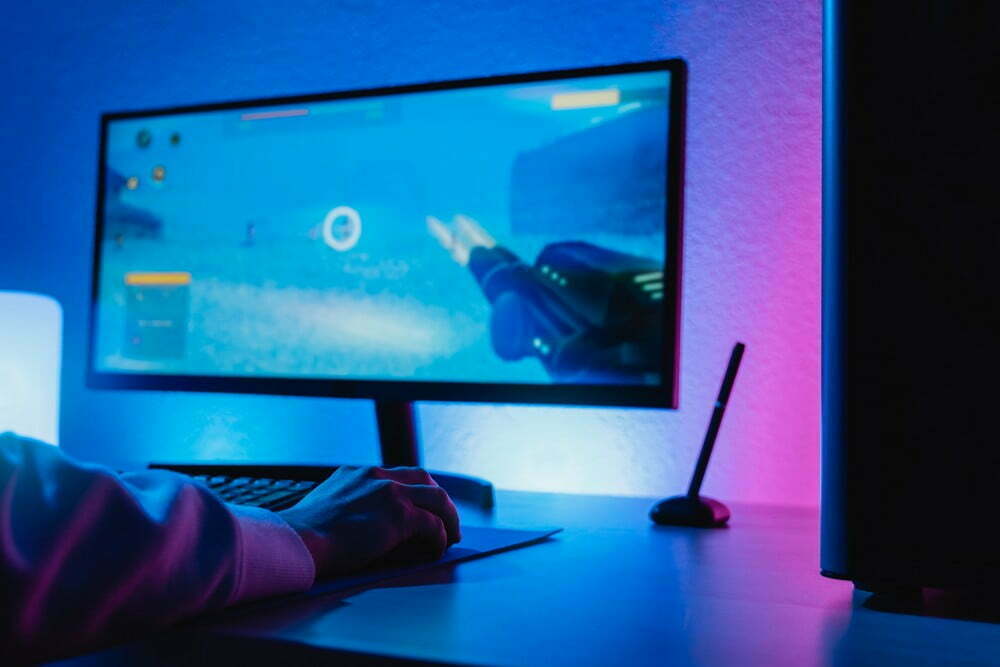
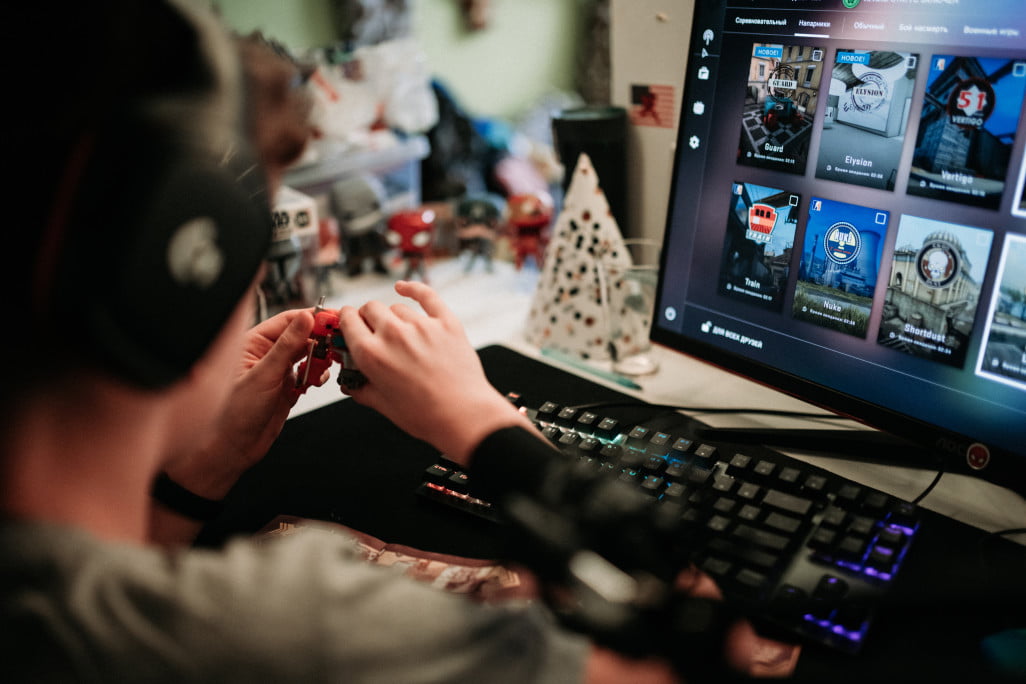
![Best 27 Inch Computer Monitor in [year] 27 Best 27 Inch Computer Monitor in 2026](https://www.gadgetreview.dev/wp-content/uploads/how-to-buy-the-best-computer-monitor.jpg)
![Best BenQ Monitors in [year] 28 Best BenQ Monitors in 2026](https://www.gadgetreview.dev/wp-content/uploads/best-benq-monitor-image.jpg)
![Best ASUS Monitors in [year] 29 Best ASUS Monitors in 2026](https://www.gadgetreview.dev/wp-content/uploads/best-asus-monitor-image.jpg)
![Best Dell Monitors in [year] 30 Best Dell Monitors in 2026](https://www.gadgetreview.dev/wp-content/uploads/best-dell-monitor-image.jpg)
![Best HP Monitors in [year] 31 Best HP Monitors in 2026](https://www.gadgetreview.dev/wp-content/uploads/best-hp-monitor-image.jpg)
![Best Lenovo Monitors in [year] 32 Best Lenovo Monitors in 2026](https://www.gadgetreview.dev/wp-content/uploads/best-lenovo-monitor-image.jpg)
![Best ViewSonic Monitors in [year] 33 Best ViewSonic Monitors in 2026](https://www.gadgetreview.dev/wp-content/uploads/best-viewsonic-monitor-image.jpg)
![Best Gigabyte Monitors in [year] 34 Best Gigabyte Monitors in 2026](https://www.gadgetreview.dev/wp-content/uploads/best-gigabyte-monitor-image.jpg)
![Best Monitors for PS4 Pro Gaming in [year] 35 Best Monitors for PS4 Pro Gaming in 2026](https://www.gadgetreview.dev/wp-content/uploads/best-monitors-for-ps4-pro-image.jpg)
![Best Monitor for Xbox Series X in [year] 36 Best Monitor for Xbox Series X in 2026](https://www.gadgetreview.dev/wp-content/uploads/best-monitor-for-xbox-series-x-image.jpg)
![Best Acer Monitors in [year] 37 Best Acer Monitors in 2026](https://www.gadgetreview.dev/wp-content/uploads/best-acer-monitor-image.jpg)
![Best MSI Monitors in [year] 38 Best MSI Monitors in 2026](https://www.gadgetreview.dev/wp-content/uploads/best-msi-monitor-image.jpg)
![Best SAMSUNG Monitors in [year] 39 Best SAMSUNG Monitors in 2026](https://www.gadgetreview.dev/wp-content/uploads/best-samsung-monitor-image.jpg)
![Best LG Monitors in [year] 40 Best LG Monitors in 2026](https://www.gadgetreview.dev/wp-content/uploads/best-lg-monitor-image.jpg)
![Best AOC Monitors in [year] 41 Best AOC Monitors in 2026](https://www.gadgetreview.dev/wp-content/uploads/best-aoc-monitor-image.jpg)
![Best Philips Monitors in [year] 42 Best Philips Monitors in 2026](https://www.gadgetreview.dev/wp-content/uploads/best-philips-monitors-image.jpg)
![Best Monitors For PUBG in [year] 43 Best Monitors For PUBG in 2026](https://www.gadgetreview.dev/wp-content/uploads/best-monitor-for-pubg-image.jpg)
![Best Stream Decks in [year] 44 Best Stream Decks in 2026](https://www.gadgetreview.dev/wp-content/uploads/best-stream-deck-image.jpg)
![Best Monitors for Streaming in [year] 45 Best Monitors for Streaming in 2026](https://www.gadgetreview.dev/wp-content/uploads/best-monitor-for-streaming-image.jpg)
![Best Monitors For Flight Simulator in [year] 46 Best Monitors For Flight Simulator in 2026](https://www.gadgetreview.dev/wp-content/uploads/best-monitor-for-flight-simulator-image.jpg)













